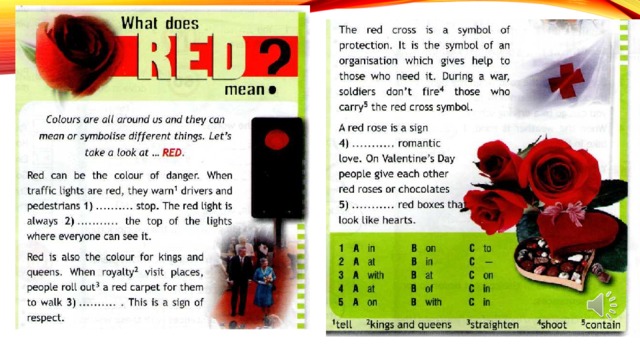Most people don’t know the exact size of the tires they have on their vehicle. Most people know the diameter of their wheels, such as 15 inches, 16 inches, 17 inches etc. However, when it comes to knowing the exact tire size you have on your vehicle, and what all those numbers mean, very few people know. To make it more confusing, some vehicles with high performance suspensions have different size tires on the back and the front of their vehicle.
It’s very simple to find out what size tire you have. Your tire size is listed on the sidewall of your tire. Most newer vehicles have their tire size listed on a placard posted inside the driver’s door. You can also search the internet for your vehicle’s tire size.
What do all the numbers and letters mean? Let’s look at an example. Let’s say you drive a 2014 Ford F150 XLT. The original equipment tire on your vehicle would be a P265/70R17. “P” stands for passenger tire, even though this particular vehicle is a truck, the the tire designation is a passenger tire. 265 is the section width of the tire in millimeters, where the sidewall of the tire bulges at it’s widest point (usually at the middle of the sidewall). 70 represents what is called the aspect ratio (% of sidewall height to section width) meaning that the sidewall is 70% as tall is the tire is wide. R stands for radial and 17 represents the diameter of the wheel).
You might also occasionally see the letters “M + S” on your sidewall. This indicates that the tire has a mud and snow tread design.
The same 2014 Ford F150 in their Platinum Series comes with a tire size of P275/55R20. The tire is a (P) passenger tire, with a tread width of 275 millimeters, the sidewall is 55% as tall as the tread (section width) is wide, and the wheel diameter is 20 inches.
The same 2014 Ford F150 in their ZVT Raptor series carries a LT315/70R17. The LT stands for Light truck tire, and by now, you can figure out what the rest of the letters and numbers stand for.
Low profile tires are tires in which the aspect ratio (sidewall height to section width) is lower than 70%. As the aspect ratio becomes smaller, the sidewall of the tire becomes shorter, or lower, hence the name, low profile tire. A tire with an aspect ratio of 40 has an extremely short (low) profile while a tire with an aspect ratio of 75 is an extremely tall tire.
As the aspect ratio becomes smaller, the sidewall of the tire becomes shorter, or lower, hence the name, low profile tire. A tire with an aspect ratio of 40 has an extremely short (low) profile while a tire with an aspect ratio of 75 is an extremely tall tire.
Other lettering used in tire sizing has to to with speed ratings and load carrying capacity. A 2015 Chevrolet Corvette comes with P245/40ZR18 (93Y) tires on the front and P285/35ZR19 (99Y) tires on the rear. The letter Z in the tire size signifies the tire’s speed rating. A “Z” rating means the tire is built to withstand speeds in excess of 151 miles per hour. Exotic vehicles such as the Corvette and other upper end performance luxury vehicles and sports cars usually have additional speed ratings that classify them to perform at certain speeds, (W & Y are the most popular). The numbers 93 and 99 signify the tires load carrying capacity.
Confused? Hopefully not. Listed below are all the speed ratings and load carrying capacity ratings you might see on your particular vehicle’s tires:
Speed Ratings
M- Up to 81 mph
N- Up to 87 mph
P- Up to 93 mph
Q- Up to 99 mph
R- Up to 106 mph
S- Up to 112 mph
T- Up to 118 mph
H- Up to 130 mph
V- Up to 149 mph
W- Up to 168 mph
Y- Up to 186 mph
Z- See above
Tire Load Carrying Capacity
The most critical thing to remember when dealing with a tire’s speed rating is that if your vehicle was built to travel at and maintain speeds of a certain level, you must keep tires on your vehicle capable of maintaining those speeds. For example, if you replace a Z rated tire with an H rated tire, the tire’s speed rating just went from being able to maintain speeds in excess of 151 miles per hour to only being able to maintain speeds of up to 130 miles per hour. Making an error in judgement like this could be deadly, and most reputable tire centers will not install tires on a vehicle at a lower speed rating than what the vehicle’s original equipment calls for.
For example, if you replace a Z rated tire with an H rated tire, the tire’s speed rating just went from being able to maintain speeds in excess of 151 miles per hour to only being able to maintain speeds of up to 130 miles per hour. Making an error in judgement like this could be deadly, and most reputable tire centers will not install tires on a vehicle at a lower speed rating than what the vehicle’s original equipment calls for.
If you have questions about your vehicle’s tires, call or email Postle’s Tire Barn. Postle’s has been serving Tuscaloosa and West Alabama in the tire and automotive business for more than 35 years. Your safety is always our number one objective.
We all want to make the best decision for our vehicle, and that includes what kind of tires we put on it. There are many factors to consider when choosing this important part, and in this blog post, I will cover two of the most popular sizes: 275 and 285. In addition, I will provide information about which type is better for driving in different conditions (on dry roads or wet) and mention some things you should know before making your purchase.
For this article, we are going to use an example tire 275/285 R16 83H and the other will be 285/275 R16 82T. These are two very common tire sizes that are often confused with one another, but they do have some differences. This blog post will help clear up any confusion about which size is better for your vehicle!
275 Tires | 285 Tires |
This Number Indicates That Your Tire Has A Width Of 275 Millimeters. (Tire Width Always Refers To The Measurement From One Sidewall To Another) | This Number Indicates That Your Tire Has A Width Of 285 Millimeters. |
What does 275 and 285 Tires Mean?
The 275 and 285 are two different-sized tires, which can be very confusing for some people. Luckily the sizing is pretty easy to understand if you know a few key numbers! The first number will always indicate the width of the tire in millimeters from sidewall to sidewall.
The numbers on the side of your tire are an abbreviation for how wide it is. 225 means that the tire width is 225 millimeters. 235 means that the tire width is 235 millimeters. In this comparison, we can see that tires with a width of 235 are wider than those with a width of 225.
This number doesn’t change with either size, so it is not important for comparison. The second number indicates the height of the tire from rim to tread. Again, this number may vary depending on whether you are looking at standard or metric-sized tires.
P: The letter on the side of a tire tells you what kind of tire it is. I see that this tire has the letter P and that means it is for passenger cars. There are some other letters too like T, LT or C and ST.
I see that this tire has the letter P and that means it is for passenger cars. There are some other letters too like T, LT or C and ST.
75: You can tell how wide a tire is by checking the number after the dash. If it is 75, it means that the height of its cross-section is equal to 75% of its width.
R: R means that the tire is made with radial construction. This means that there are spokes coming out from the center of the inner tire.
16: This is a tire size P265/70R16. This means that the wheel diameter measurement is 16 inches. It also means that this type of tire can only fit on a 16-inch wheel. The wheel size of the P275/70R16 is 16 inches. This means that this tire only fits with the size of 16 inches wheels or is more extensive.
82 or 83: If there is a two-digit number after the gap, that means it is a two-digit number. If there are three numbers after the gap, they are three digits. The numbers tell us how much weight each tire can hold. In our example, the load index is 82, which indicates the tire has a load capacity of 1,047 pounds when inflated to the tire’s maximum air pressure rating. Another load index is 83, which indicates the tire has a load capacity of 1,074 pounds.
In our example, the load index is 82, which indicates the tire has a load capacity of 1,047 pounds when inflated to the tire’s maximum air pressure rating. Another load index is 83, which indicates the tire has a load capacity of 1,074 pounds.
H or T: The last letter is the speed rating for your tires. This means how fast you can drive safely. A tire with a higher speed rating can handle heat better and provide more control at faster speeds. The maximum speed of a vehicle is limited to the lowest rating of all the tires. (Of course, you should always abide by speed limits for safer driving.). In this first example, tire speed rating H indicates the tire can go up to 130 mph and in other examples, tire speed rating T indicates the tire can go up to 118 mph.
Conclusion:
In conclusion, 275 and 285 tires are two different sizes. The difference between them is the width of each tire. Also, it’s important to know that both tires have a maximum speed limit which you should always abide by for safer driving.
P: s blog post I will cover two of the most popular sizes: 275 and 285. I will provide information about which type is better for driving in different conditions (on dry roads or wet) and mention some things you should know before making your purchase.
Related Article
Using the example of the Michelin Diamaris tire with the designations 275/40 R20 106 Y, let's consider what these parameters mean:
275 - tire profile width, mm;
40 is the ratio of the height of the tire profile to its width in percent. For our case, the profile height is 40% of the width (275 mm), i.e. 110 mm. Sometimes the profile height is called a series.
R13 - inner (landing) tire diameter. The letter R indicates a radial tire type. nine0005 106 - index or load factor. This is a conditional indicator indicating the maximum allowable load on the tire (for this case, the maximum load is 1030 kg per wheel). An explanation of the most commonly used load factors is given in the table of load indices. Often the load is deciphered on the tire itself: the inscription Max Load (translated from English maximum load) is followed by two digits, the first in kilograms, the second in pounds.
This is a conditional indicator indicating the maximum allowable load on the tire (for this case, the maximum load is 1030 kg per wheel). An explanation of the most commonly used load factors is given in the table of load indices. Often the load is deciphered on the tire itself: the inscription Max Load (translated from English maximum load) is followed by two digits, the first in kilograms, the second in pounds.
Y - speed index. This indicator indicates the maximum allowable speed at which the tire retains its performance characteristics. The decoding is given in the speed index table. nine0003
In addition to the above designations, a large number of various marks can be found on the tire. Among them you can find the following:
TUBE TYPE - tube tire design.
TUBELESS - tubeless tire construction.
Treadwear 380 - wear coefficient, determined in relation to the "base tire", for which it is equal to 100. The wear index is a theoretical value and cannot be directly related to the practical life of the tire, which is significantly influenced by road conditions, driving style, adhering to pressure recommendations, adjusting the vehicle's camber angles and rotating the wheels. The wear indicator is presented as a number from 60 to 620 with an interval of 20 units. The higher its value, the longer the protector withstands when tested according to the established method. nine0005 TRACTION A - friction coefficient, has the values A, B, C. Tires with coefficient A have the highest friction value in their class.
The wear indicator is presented as a number from 60 to 620 with an interval of 20 units. The higher its value, the longer the protector withstands when tested according to the established method. nine0005 TRACTION A - friction coefficient, has the values A, B, C. Tires with coefficient A have the highest friction value in their class.
TEMPERATURE A - temperature regime, an indicator characterizing the tire's ability to withstand temperature effects. It, like the previous one, is divided into three categories A, B and C.
"E" in a circle - compliance with European standards. DOT - compliance with US standards.
M&S (Mud + Snow - mud plus snow). This means that these tires are specially designed for winter or all-season use. nine0005 M/T (Mud Terrain) - mud landscapes.
A/T (All Terrain) - all season tires.
AS - All Season
Any Season - all season tyre.
R+W (Road + Winter) - all season tire.
All Season is an all-season tire designed for year-round use.
RAIN, WATER, AQUA (or the "umbrella" icon) - means that these tires are specially designed for rainy weather and have a high degree of protection against the effect of aquaplaning.
PLIES: TREAD - tread compound, SIDEWALL - sidewall compound. nine0005 MAX LOAD - maximum load, kg / English pounds.
MAX PRESSURE - maximum internal tire pressure, kPa.
ROTATION - direction of rotation.
LEFT - the tire is installed on the left side of the car.
RIGHT - the tire is installed on the right side of the car.
OUTSIDE or Side Facing Out - the outside of the unit.
INSIDE or Side Facing Inwards - the inside of the unit.
MADE IN FINLAND - country of manufacture.
Extra Load (XL) - increased load index. nine0005 Reinforced (Reinf or RF) - increased load index.
On light trucks and minibuses, tires with 6PR and 8PR are most commonly used. The increased plyiness (i.e. strength) of the tire may be indicated by the letter "C" (commercial), which is placed after the designation of the landing diameter (for example, 185R14C)
TWI - the sign is located on the sidewall of the tire and shows the location of the marks of the residual tread height in the main grooves.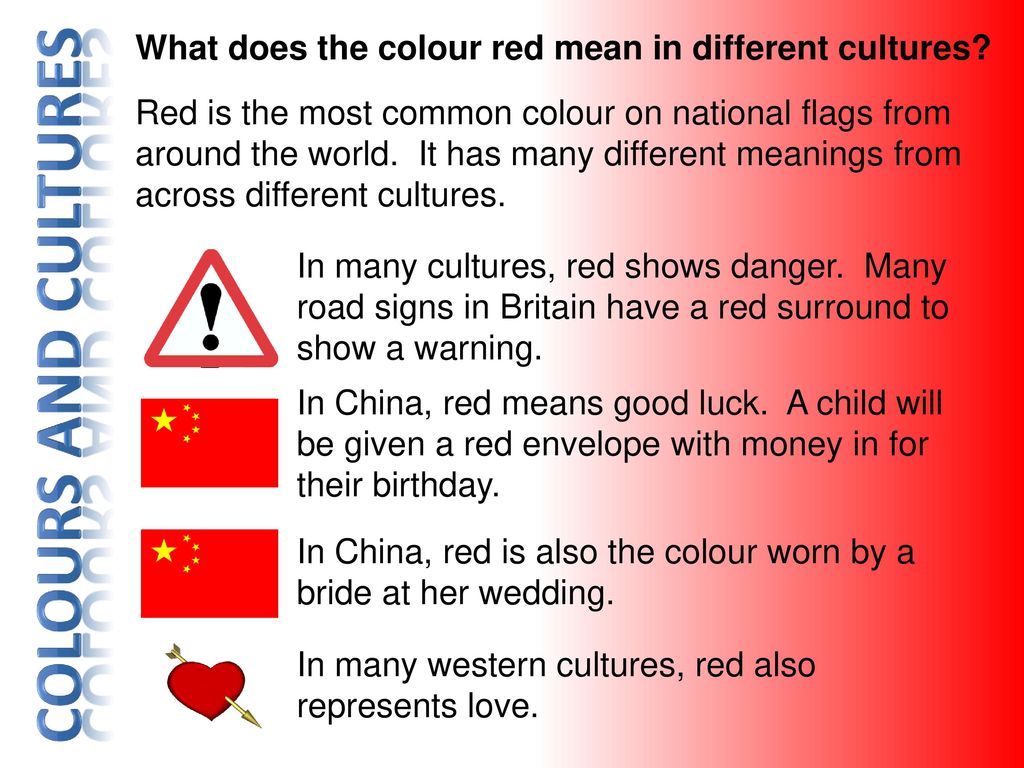 For the countries of the European Union and the Russian Federation, the residual height of the tread pattern of a worn passenger tire must be at least 1.6 mm. nine0005 ZP - zero pressure (Zéro Pression), Michelin's commercial designation for tires with reinforced sidewalls. ZP : Ability to continue driving in the event of a puncture for a distance of up to 80 km at a speed of up to 80 km/h. ZP SR : Ability to continue driving in the event of a puncture up to 30 km at speeds up to 80 km/h.
For the countries of the European Union and the Russian Federation, the residual height of the tread pattern of a worn passenger tire must be at least 1.6 mm. nine0005 ZP - zero pressure (Zéro Pression), Michelin's commercial designation for tires with reinforced sidewalls. ZP : Ability to continue driving in the event of a puncture for a distance of up to 80 km at a speed of up to 80 km/h. ZP SR : Ability to continue driving in the event of a puncture up to 30 km at speeds up to 80 km/h.
SST - Self Supporting Tires. Such tires can carry the load and continue to move after a puncture.
Studless - not half studded.
Studdable - to be studded. nine0003
There are tire models, or rather tire models in a specific size, that are recommended for installation on a specific car brand. In this case, tires are marked with the following marks:
N0, N1, N2, N3 - tires recommended for Porsche;
C1 - tires recommended for Chrysler;
K1 - tires recommended for Ferrari;
B - tires recommended for Audi, Bentley;
* - tires recommended for BMW;
MO - tires recommended for Mercedes.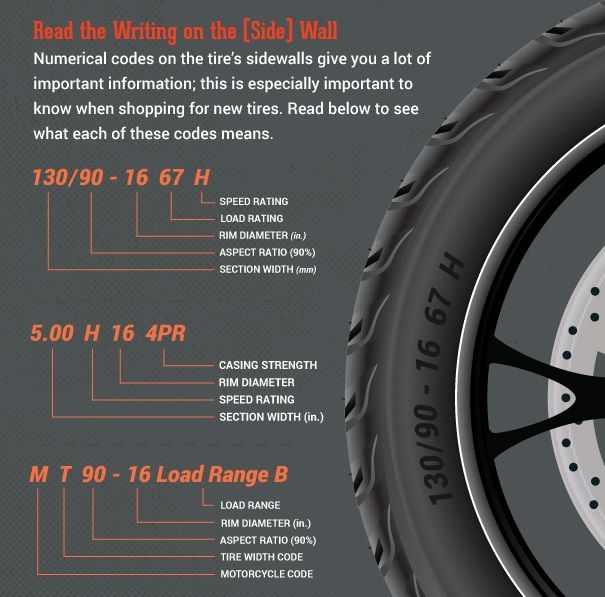
10/12/2013
The choice of car tires is always a crucial moment in the life of every motorist. But for an independent choice of the right car tires, you need to know the design features and understand the basic markings that are applied to each car tire.
The following combinations of designations of the main parameters are accepted on all car tires:
P 185 /65 R14 86 N
P 185/ 65 R14 86 H
 nine0074
nine0074 P 185/65 R 14 86 H
P 185/65 R 14 86 H
P 185/65 R14 86 N
| Load index | 60 | 61 | 62 | 63 | 64 | 65 | 66 | 67 | 68 | 69 |
|---|---|---|---|---|---|---|---|---|---|---|
| Max. Load (in kg.) | 250 | 257 | 265 | 272 | 280 | 290 | 300 | 307 | 315 | 325 |
| Load index | 70 | 71 | 72 | 73 | 74 | 75 | 76 | 77 | 78 | 79 nine0129 |
|---|---|---|---|---|---|---|---|---|---|---|
Max.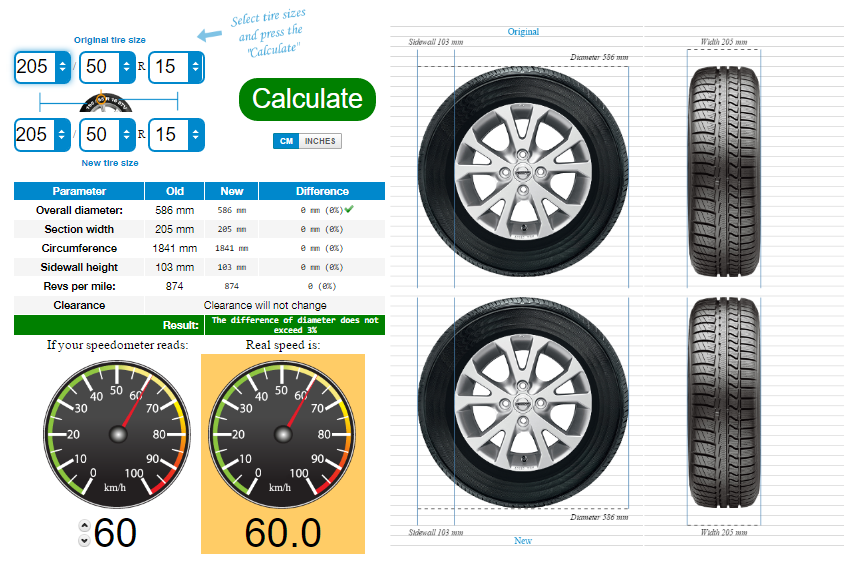 Load (in kg.) Load (in kg.) | 335 | 345 | 355 | 365 | 375 | 387 | 400 | 412 | 426 | 437 |
| Load index | 80 | 81 | 82 | 83 | 84 | 85 | 86 nine0129 | 87 | 88 | 89 |
|---|---|---|---|---|---|---|---|---|---|---|
| Max. Load (in kg.) | 450 | 462 | 475 | 487 | 500 | 515 | 530 | 545 | 560 | 580 |
| Load index | 90 | 91 | 92 | 93 nine0129 | 94 | 95 | 96 | 97 | 98 | 99 |
|---|---|---|---|---|---|---|---|---|---|---|
| Max. Load (in kg.) | 600 | 615 | 630 | 650 | 670 | 690 | 710 | 730 | 750 | 775 |
| Load index | 100 nine0129 | 101 | 102 | 103 | 104 | 105 | 106 | 107 | 108 | 109 |
|---|---|---|---|---|---|---|---|---|---|---|
Max. Load (in kg.) Load (in kg.) | 800 | 825 | 850 | 875 | 900 | 925 | 950 | 975 | 1000 | 1030 |
| Load index | 110 | 111 | 112 | 113 | 114 | 115 | 116 | 117 | 118 | 119 |
|---|---|---|---|---|---|---|---|---|---|---|
| Max. Load (in kg.) | 1060 | 1090 | 1120 | 1150 | 1180 | 1215 | 1250 nine0153 | 1285 | 1320 | 1360 |
| Load index | 120 | 121 | 122 | 123 | 124 | 125 | 126 | 127 | 128 | 129 |
|---|---|---|---|---|---|---|---|---|---|---|
| Max. Load (in kg.) | 1400 | 1450 | 1500 | 1550 nine0153 | 1600 | 1650 | 1700 | 1750 | 1800 | 1850 |
P 185/65 R14 86 H
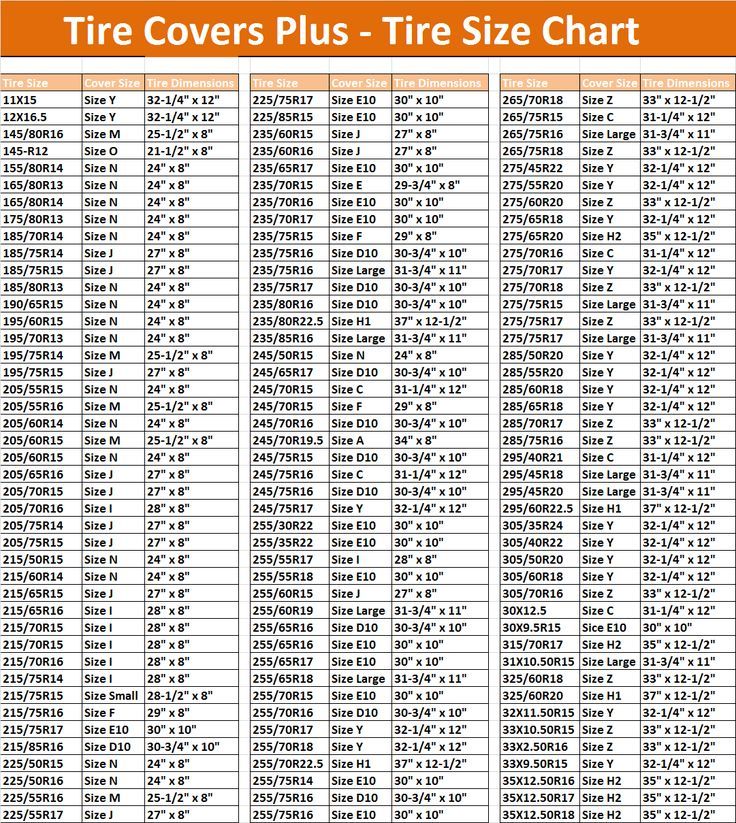 Specifies the value of the maximum allowable speed at which safe movement is possible.
Specifies the value of the maximum allowable speed at which safe movement is possible. | Speed index | J | K | L | M nine0129 | N | P | Q | R | S | T | U | H | V | VR | W | Y | ZR |
|---|---|---|---|---|---|---|---|---|---|---|---|---|---|---|---|---|---|
| Max. Speed (km/h) | 100 | 110 | 120 | 130 | 140 | 150 | 160 | 170 nine0153 | 180 | 190 | 200 | 210 | 240 | >210 | 270 | 300 | >240 |
Extra Load (XL) is a reinforced model, the load index of such tires is 3 units higher compared to simple tires of the same size.
Reinforced (C) is a designation for reinforced tires, most often refers to light truck models. nine0003
nine0003
All Season (AS), Тous terrain - all season tires.
Any weather (AW) - all-weather tires. Often, icons are used instead of alphabetic characters (snowflake, cloud, sun, etc.).
Mudd & Snow (M&S) are tires specially designed for both winter and all season use.
DA (stamp) - designation of tires with minor manufacturing defects that do not interfere with safe operation. nine0003
DOT - Approved by the US Department of Transportation.
E - approved by the Economic Commission for Europe.
Inside - designation of asymmetric tires. The inscription Inside during installation must be on the inside of the car.
Outside - designation of asymmetric tires. When installing, the Outside inscription must be on the outside of the car.
Left - tires with this marking must be installed on the left side only. nine0003
Right - tires with this marking must be installed on the right side only.
Made in Germany - designation of the country of origin.
Max Pressure is the maximum allowable tire pressure in kPa.
PSI - Pressure index from 20 to 85 (only for tires with index “C”).
Aqua, Aquatred, Rain, Aquacontact, Water, or Umbrella badge - Indicates that the tires are designed for rainy weather and effectively prevent the effect of aquaplaning. nine0003
Regroovable - indicated if it is possible to deepen the tread pattern by cutting.
Retread - retreaded tires.
Rotation - directional tires, the direction of rotation is indicated by an arrow on the tire sidewall.
Steel - means that the tires are equipped with a metal cord.
Temperature - the temperature range provided for a specific model, there are three categories: A, B and C.
Treadwear, TWI - coefficient or wear index, determined in relation to the "base tire", for which it is equal to 100.